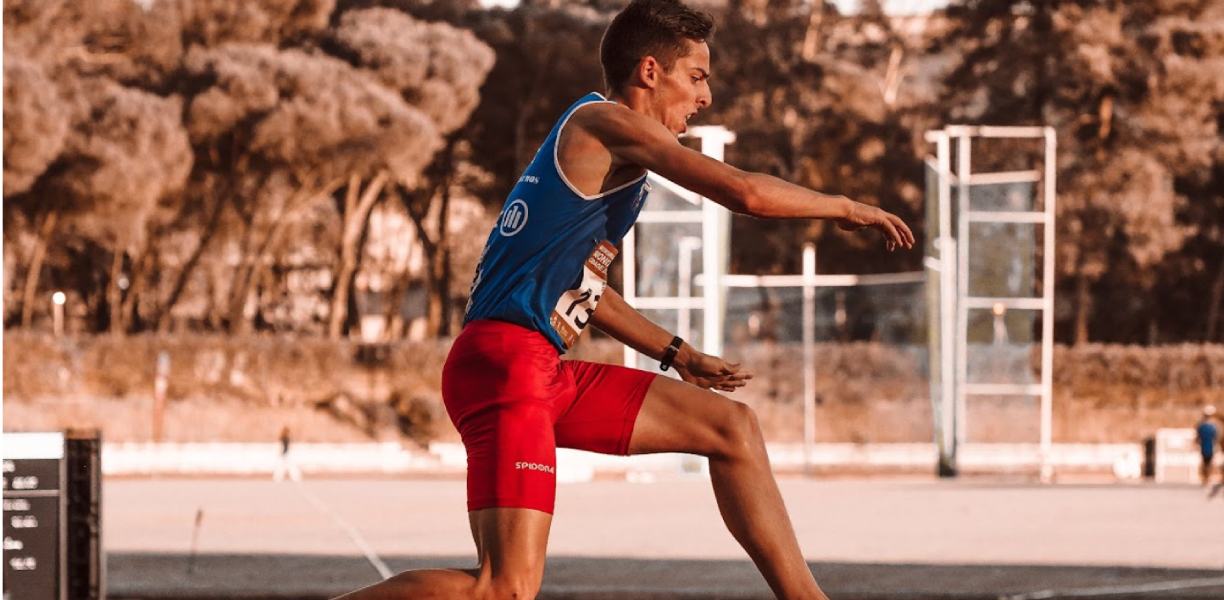Subtotal $0.00
Demystifying PRP: What Is It?
Blood is a complex mixture of cells, proteins, and other components. Central to the healing process are platelets. These tiny cells are best known for their role in clotting but they also possess properties that aid in mending wounds. PRP is a concentrated formulation of these platelets, combined with specific ‘growth factors’, effectively amplifying the body’s innate healing mechanisms.
The Mechanics of PRP’s Healing Power
Let’s say there’s an injury — from an accidental fall, a medical procedure, or a sports activity. Introducing PRP to the site can lead to:
Cell Recruitment: PRP functions as a cellular attractant, drawing in vital cells that expedite the healing process.
Enhanced Tissue Regeneration: The combination of platelets and growth factors stimulates the production of new, healthy cells.
Collagen Production: Collagen is fundamental to skin structure. PRP augments its synthesis, ensuring a robust and refined healing response.
Improved Circulation: PRP facilitates the formation of new capillaries, enhancing blood flow to the injury site and thereby optimizing healing conditions.
Mobilization of Healing Agents: Acting as a signal, PRP rallies more cells to converge at the injury site, harmonizing the healing response.
PRP’s Broader Implications
PRP’s impact isn’t just limited to a clinical setting. Its potential has caught the attention of celebrities and athletes alike, with its applications ranging from cosmetic enhancements, such as the famed “vampire facial”, to aiding in post-injury recoveries.
Given the trajectory of PRP’s increasing popularity, it’s plausible to envision a world where its treatments are commonplace, offering swift recoveries and rejuvenated aesthetics. The boundaries of healing can be said to be continually on a widening trajectory
With innovations like PRP, the boundaries of healing are broadening. As its applications grow, we anticipate even more groundbreaking uses.



